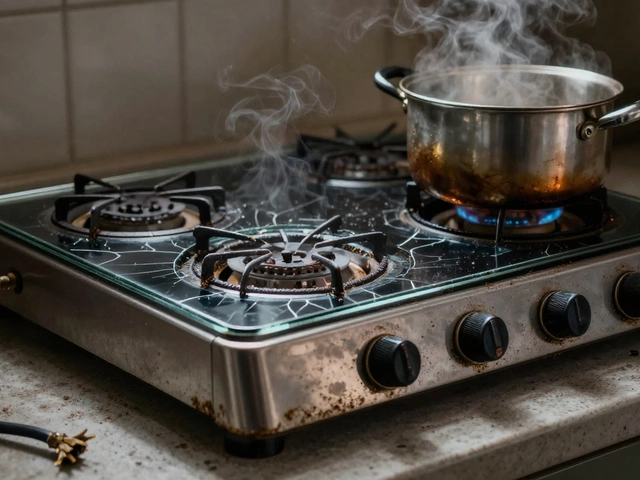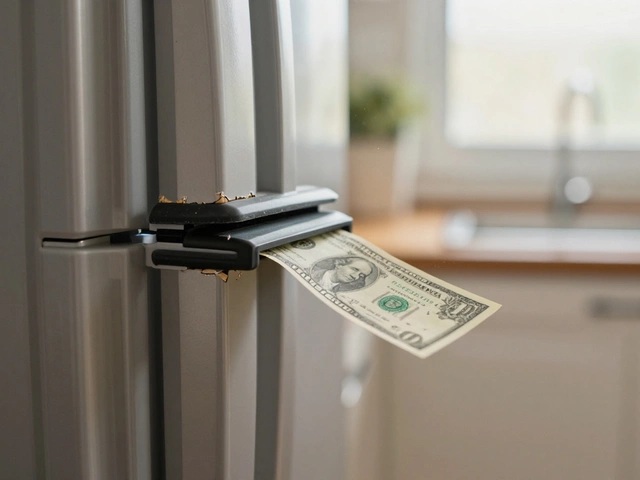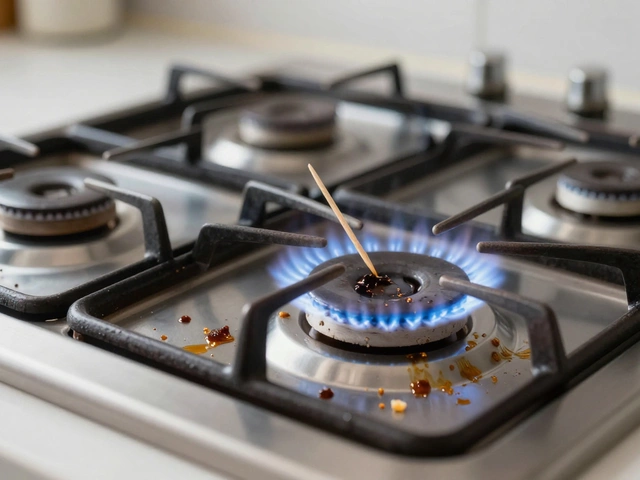Microwave Troubleshooting: Quick Fixes You Can Do Today
If your microwave suddenly stops heating, makes weird noises, or flashes error codes, you probably feel stuck. The good news is many of these hiccups have simple fixes you can try before calling a technician. Below are the most common problems, why they happen, and step‑by‑step checks that take only minutes.
Why Your Microwave Might Not Be Heating
The most frustrating sign is a cold plate when you press start. In most cases the culprit is the magnetron – the part that creates microwave energy – or the high‑voltage diode that powers it. If either component fails, the machine runs but doesn’t heat. Before you blame the magnetron, check a few easier things:
- Make sure the door latch is fully closed. A misaligned latch triggers a safety switch that stops heating.
- Look at the turntable. If it’s off balance, the sensor may think the door is open.
- Test with a cup of water. If the water stays cold, the magnetron or diode is likely at fault.
When these basic checks don’t help, it’s time to inspect the internal components. Disconnect the power, remove the outer cover, and locate the magnetron (a metal box with a cooling fan). Look for burnt spots or a broken fuse. If you see damage, replace the part or call a pro – magnetron work involves high voltage and can be dangerous.
Simple DIY Checks for Common Issues
Beyond heating, microwaves can display error codes, spark inside, or stop turning the plate. Here’s a quick cheat‑sheet:
1. Error codes – Most brands use a three‑digit code. Check the manual or look it up online. Often the code points to a door sensor or a water sensor problem, both of which you can reset by unplugging for a minute.
2. Sparks or arcing – Remove any metal trim, foil, or the turntable ring. Clean the interior with a damp cloth; food debris can cause sparking. If the spark persists, the waveguide cover (a small glass piece) might be cracked and needs replacement.
3. Turntable not rotating – First, check the turntable motor coupler – a small plastic gear that can crack. If it’s broken, replace it; it’s cheap and easy. Also, make sure the motor shaft spins freely by hand when the microwave is unplugged.
4. Bad smell or smoke – Turn off immediately and let it cool. The source is usually burnt food on the bottom or a failed diode. Clean the interior thoroughly; if the smell remains after cleaning, the diode may be shorted and should be tested with a multimeter.
Always unplug the microwave before opening any panels. Use a screwdriver to remove screws, keep track of them, and avoid touching the capacitor – it stores a charge even after you unplug.
When you’ve gone through these checks and the microwave still misbehaves, it’s wiser to call a qualified repair service. Trying to replace a magnetron or capacitor without proper tools can be risky and may void warranties.
Remember, regular maintenance helps prevent many of these issues. Wipe spills right away, keep the door gasket clean, and don’t run the microwave empty. A little care goes a long way in keeping your kitchen workhorse humming.
Got a specific error code or a problem not listed here? Write down the symptoms, take a quick photo, and share it with a local repair technician. Clear details speed up diagnosis and can save you money.
Microwave Repair: When to Fix or Replace
- Alden Wilder
- Oct 9 2024
- 0 Comments
Deciding whether to repair or replace a malfunctioning microwave can be tricky. This article explores the key factors to consider, including cost, age, and common issues. Learn how to troubleshoot basic problems yourself and when to seek professional help. Discover tips to extend the life of your appliance and save money by making informed decisions.
View More




